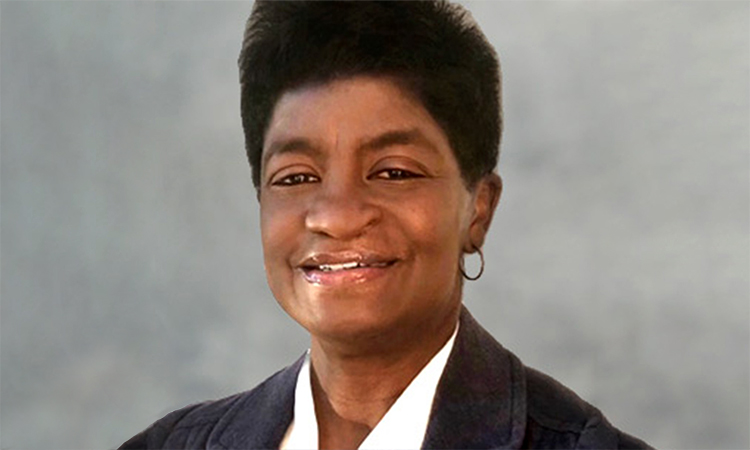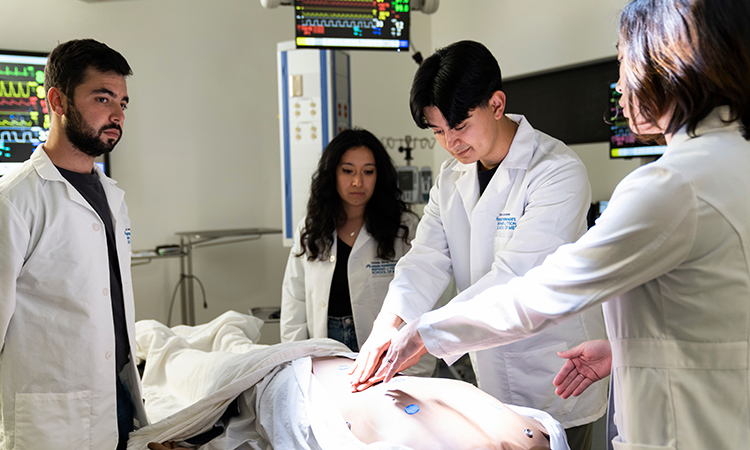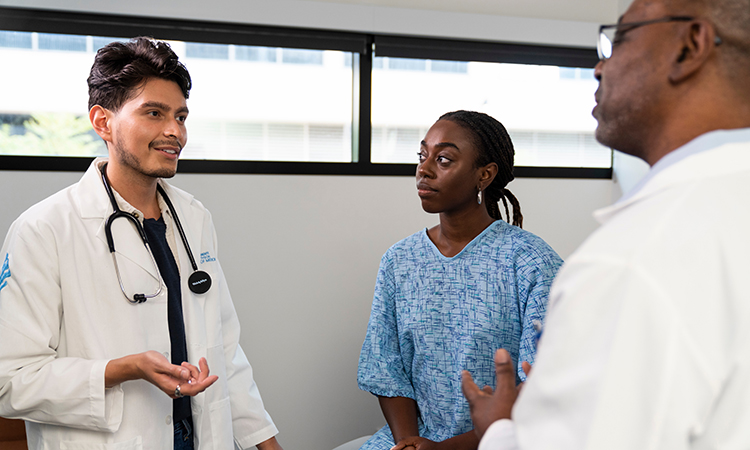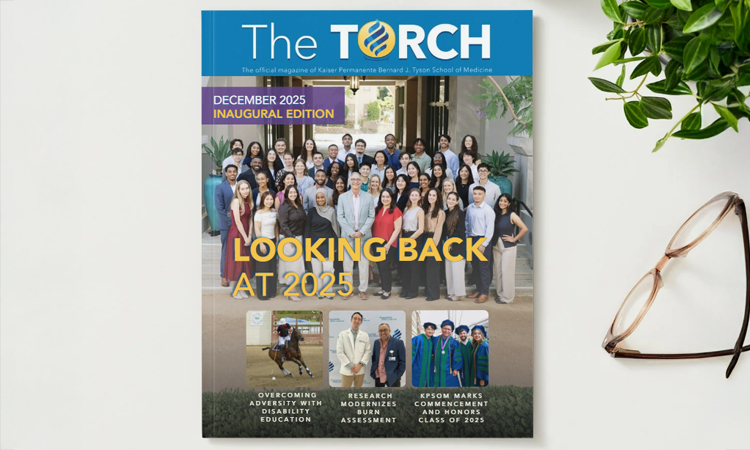Secondary Application
Each medical school has a secondary or supplemental application process, which allows applicants to differentiate themselves from other applicants, demonstrate their knowledge and understanding of the medical school to which they are applying, and showcase their ability to think critically. Questions applicants might receive on a secondary application include:
- Describe an experience or time interacting with people who are different from you or adhere to a different set of cultural norms. What did you learn about yourself from that experience? (This question allows applicants to show cultural humility, self-awareness, insight, and share a breadth of experiences.)
- Tell us about a difficult or challenging situation you have encountered and how you dealt with it. (This question allows applicants to demonstrate grit, resilience, hardship, and self-awareness.)
- How has the COVID-19 pandemic impacted your medical school journey? (This question allows candidates to exhibit self-awareness, maturity, and critical thinking.)
The secondary application generally costs $50 to $100 and varies in length from school to school, ranging from a few questions to more lengthy essays. The application is typically sent a few weeks after a candidate’s AMCAS application is verified and may be provided to applicants in a written or video format. While some medical schools screen applicants prior to sending the secondary application, others send the application automatically. A candidate’s application is considered complete only after the secondary application has been submitted.
“The best advice I can give applicants is to apply early to give themselves a better chance at an interview invitation (since slots can fill up quickly), keep an updated list of your accomplishments, and work hard at obtaining letters of recommendation,” said Dr. Willies-Jacobo. “Lastly, I advise candidates to keep their personal statements simple, clear, and purposeful; ask others to review the statement for syntax, clarity, tone, word/character limit, etc.; and seek a mentor early to help navigate the application process and medical field.”
Learn more about KPSOM’s admissions cycle.






